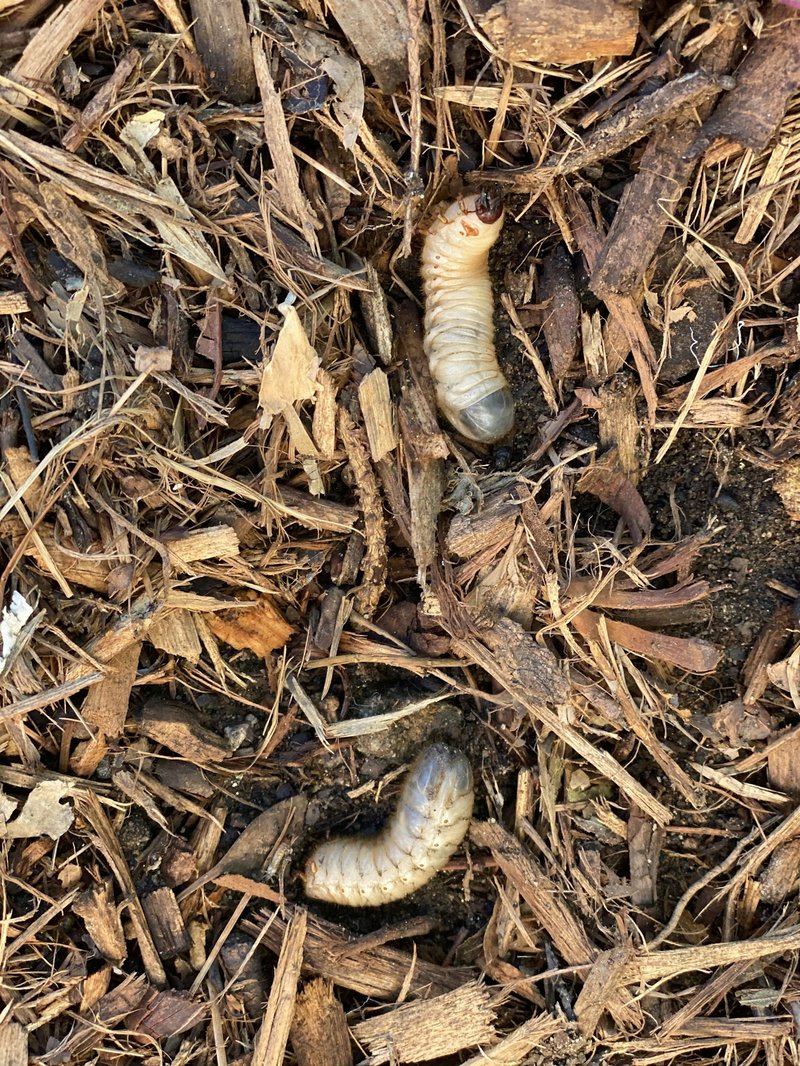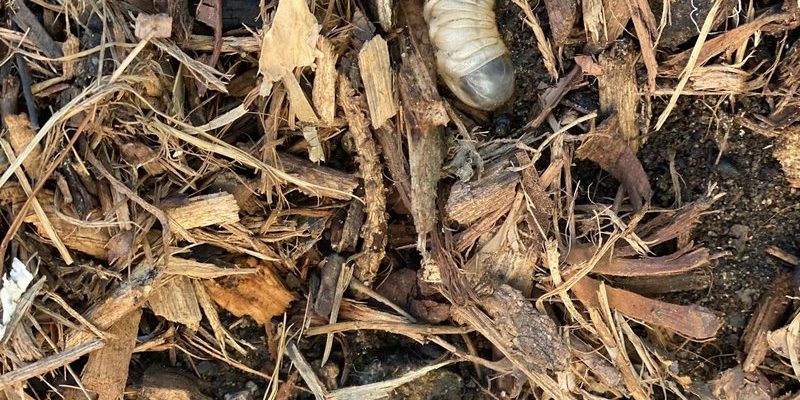
Milky Spore, a product made from a naturally occurring bacterium called *Paenibacillus popilliae*, helps target grubs specifically. It’s like sending in a trained specialist to deal with the problem, rather than throwing a bunch of unrelated solutions at the wall to see what sticks. It’s effective, environmentally friendly, and a fantastic option for anyone looking to maintain a lush, healthy lawn without resorting to harsh chemicals. Let’s dig in and unpack the ins and outs of using Milky Spore for long-term grub control.
What is Milky Spore?
Milky Spore is a biological control product that targets the larvae of certain beetles, especially Japanese beetles and June bugs. When grubs consume soil treated with Milky Spore, they become infected with the bacteria. This leads to their demise, significantly reducing the grub population in your yard.
What’s great about Milky Spore is that it doesn’t just kill off the current batch of grubs; it helps create a sustainable ecosystem. Once the bacteria are established in your soil, they can keep working for years, protecting your lawn from new infestations. Think of it like planting seeds for future success.
You might be wondering how Milky Spore compares to other pest control methods. It’s a lot safer and more environmentally friendly than chemical pesticides, making it a win-win for those of us who care about our gardens and the planet. Plus, it minimizes the risk to beneficial insects like ladybugs and bees, which is crucial for a balanced ecosystem.
How Does Milky Spore Work?
Alright, here’s where it gets interesting. When you apply Milky Spore to your lawn, the spores need a bit of time to establish themselves in the soil. They require moisture and the right temperature to thrive, so timing your application is key. Once the conditions are favorable, the spores will start to multiply.
As the grubs feed on the roots of your grass, they inadvertently consume these spores. The bacteria then begin to reproduce inside the grub, causing it to get sick. Ultimately, the grub will die, releasing even more spores back into the soil. This cycle continues, creating a long-term reduction in the grub population.
Don’t worry; it might sound complicated, but it’s actually a pretty cool natural process. Once you’ve applied it correctly, you can sit back and let nature do its thing. Just remember, patience is essential here—this isn’t an instant fix, but a strategy designed to pay off in the long run.
When and Where to Apply Milky Spore
Timing and location matter when using Milky Spore. The best time to apply it is in the spring or early summer when grubs are actively feeding. You want to target those young larvae, as they’re more susceptible to the spores.
Select a day when the temps are between 60°F and 85°F—conditions that are just right for effective results. You’ll want to apply it in areas of your yard where you’ve noticed signs of grub damage, or where you suspect grubs might be lurking.
Applying Milky Spore is straightforward. Just follow these steps:
- Prepare the area: Make sure your lawn is dry and free from debris.
- Use the right spreader: A broadcast spreader is ideal for even distribution.
- Apply the spores: Spread the Milky Spore granules evenly across the affected area.
- Water it in: Give the area a light watering to help activate the spores.
It’s essential not to water too heavily, as that could wash away the spores. Just a gentle sprinkle will do the trick!
How to Monitor Your Milky Spore Progress
After you’ve applied Milky Spore, it’s time to be a bit patient. You won’t see immediate results, but that doesn’t mean it’s not working. You can monitor your progress by keeping an eye on your lawn’s health and checking for signs of grubs.
Here’s how to do it:
- Look for beetles: Fewer adult beetles in the summer often means fewer grubs targeting your lawn.
- Check for soil activity: Dig up a small section of your lawn to see if grubs are still present.
- Observe grass health: Healthy, lush grass is another great indicator that your Milky Spore treatment is paying off.
If you notice grubs in your lawn after applying Milky Spore, don’t panic. It can take several weeks or even months for the bacteria to make a significant impact. Staying vigilant and patient is crucial here.
Common Mistakes to Avoid
Even though Milky Spore is user-friendly, there are a few common slip-ups that can hinder its effectiveness. Here’s what not to do:
- Applying too early or late: Timing is crucial, so make sure you apply it at the right time of year.
- Overwatering: Too much water can wash away the spores, so stick to a light watering after application.
- Not treating enough area: Be thorough in application—don’t just treat small patches; cover larger areas to maximize effectiveness.
If you avoid these mistakes, you’ll be well on your way to successfully using Milky Spore for grub control.
Benefits of Using Milky Spore
So, why should you invest your time and effort into using Milky Spore? Here are several compelling reasons:
- Long-term results: Once established, Milky Spore can protect your lawn for years.
- Environmentally friendly: It’s a natural solution, safe for kids and pets.
- Low maintenance: Once it’s down, you don’t have to worry about reapplying constantly.
Overall, Milky Spore stands out as an effective, sustainable solution to grub control. You’re not just killing grubs—you’re helping to create a balanced ecosystem in your yard.
Final Thoughts
Using Milky Spore for grub control is like investing in your lawn’s future. It takes a bit of preparation and care, but the results can be substantial. Over time, you’ll create a healthier, more resilient lawn free from the worries of grubs. Just remember to keep an eye on your yard’s progress and avoid common pitfalls. With a little patience and the right approach, you can achieve that lush, green oasis you’ve always wanted. Happy gardening!

